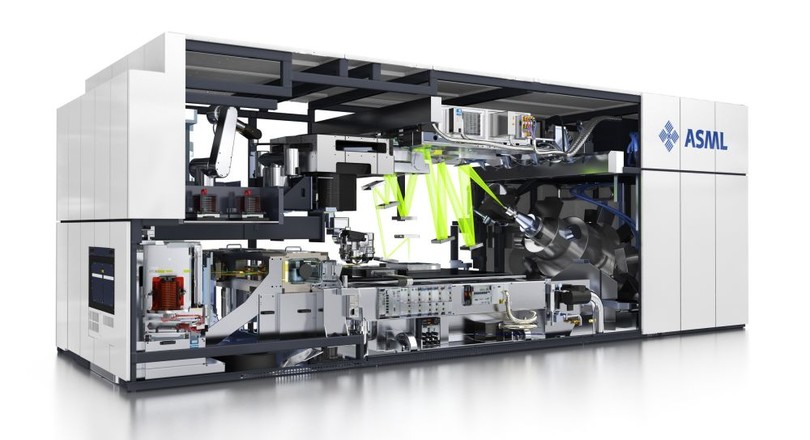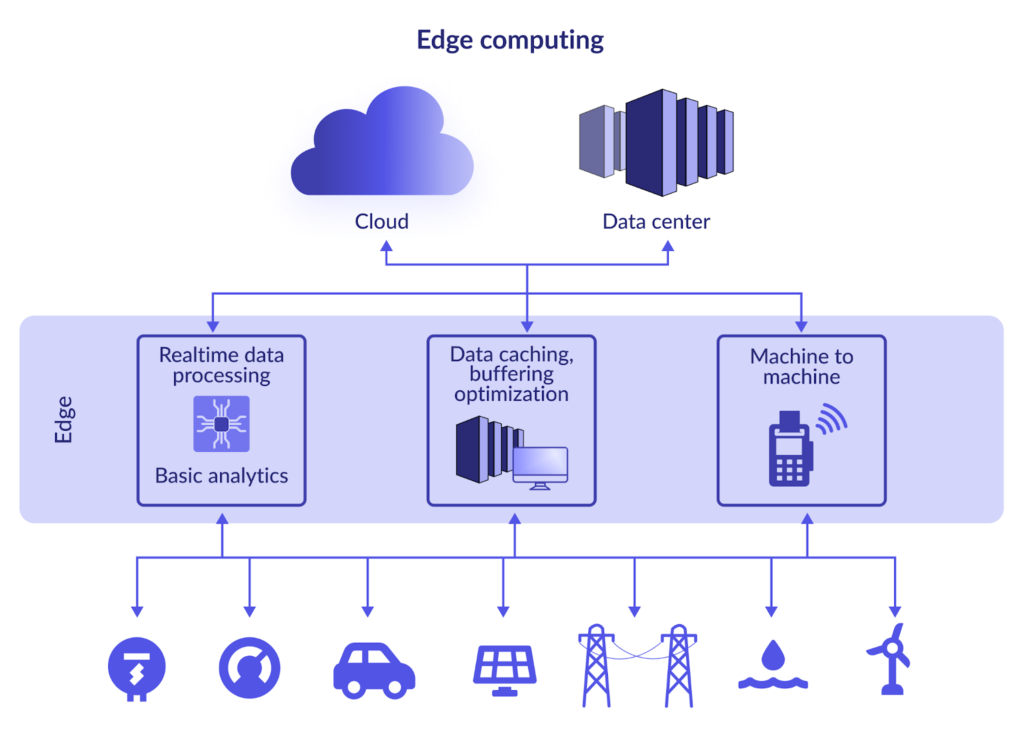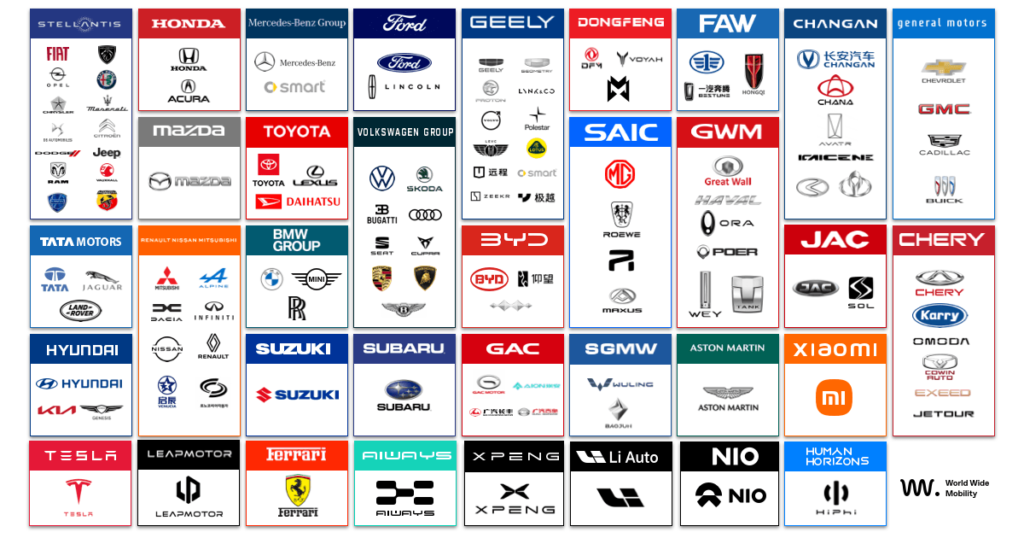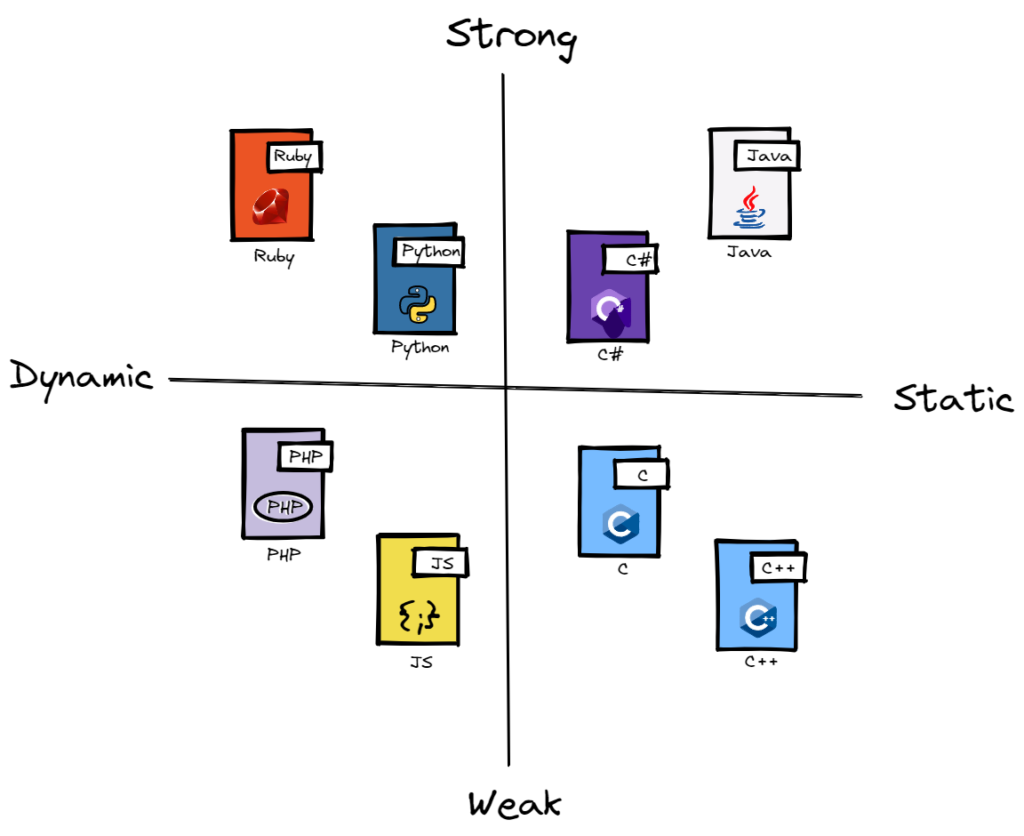Introduction to SOLID Principles
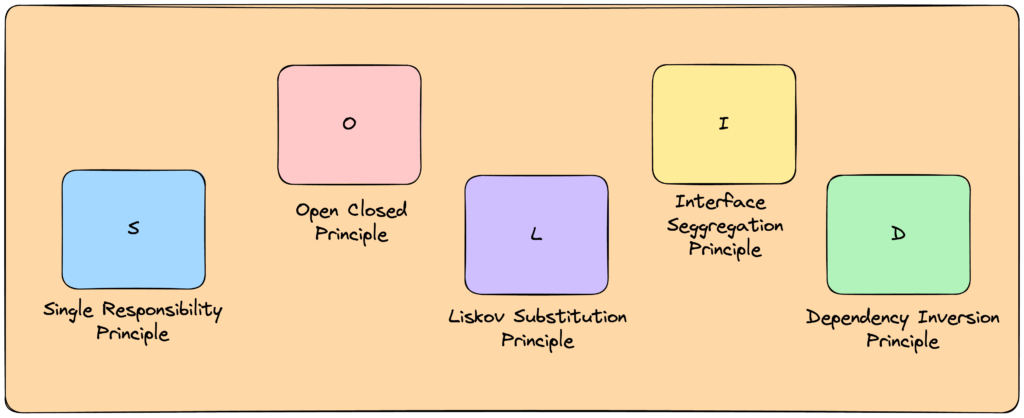
Introduction
Imagine you started to work on a software application that had simple requirements but as the demand increased, the requirements grew complex over time. Whenever you add any new features, the codebase expands to a point where making any new changes causes dread as one change could cause spiral of bugs and errors. Such scenarios are common in software development especially in legacy software systems, but you know what? You dont have to endure this! This is where SOLID principles come into play, offering a lifeline to manage and scale software systems more effectively. Let’s see how.
What are SOLID Principles?
SOLID stands for five design principles that aim to improve the maintainability, scalability, and readability of software. It was introduced by Robert C. Martin and was then popularized by Michael Feathers. These principles guide developers on how to avoid common pitfalls such as tightly-coupled code and inflexible architectures.
Overview of SOLID Principles –
-
- Single Responsibility Principle (SRP): This principle ensures that a class has just one responsibility. It simplifies the role of class, making the system easier to manage.
- Open/Closed Principle (OCP): According to this principle, software entities should be open for extension but closed for modification. This means you can add new functionalities (open for extension) without altering existing code (closed for modification), thereby promoting code stability and reuse.
- Liskov Substitution Principle (LSP): This principle ensures that any functionality of subclass should be able to replace its parent class without disrupting the functioning of the application. It ensures that the behavior of the subclass aligns so closely with that of the superclass that the two can be interchanged without introducing any errors in how the application runs.
- Interface Segregation Principle (ISP): ISP advocates creating specific interfaces for specific clients rather than one general-purpose interface. This helps prevent classes from being forced to implement interfaces they do not use.
- Dependency Inversion Principle (DIP): This principle has two main points:
- First, higher-level components should not rely directly on lower-level components; instead, both should rely on abstract interfaces.
- Second, these interfaces should not be tied to specific details of the components, allowing for more flexibility. Overall, this reduces the dependencies within the system.
Importance of SOLID Principles –
Applying SOLID principles provides several benefits. Most notably:
-
- Enhanced Modularity: SOLID principles help to break down complex systems into discrete, understandable modules/components, making it easier to modify and maintain with minimal errors.
-
- Reduced Coupling: It ensures that the dependencies between individual components are reduced significantly, facilitating easier modifications and extensions.
-
- Increased Scalability: It enables the system to adapt and grow more efficiently by allowing new features to be added with minimal changes to existing code.
Practical Application of SOLID Principles
Let’s take a quick look at a user management system. Without SOLID principles, such a system might become rigid and difficult to maintain as it grows with features and requirements. For instance, if user login, user validation and user data retrieval functionalities are mixed in the same class, changes to one could adversely affect the other. By applying SOLID, we can separate these concerns effectively.
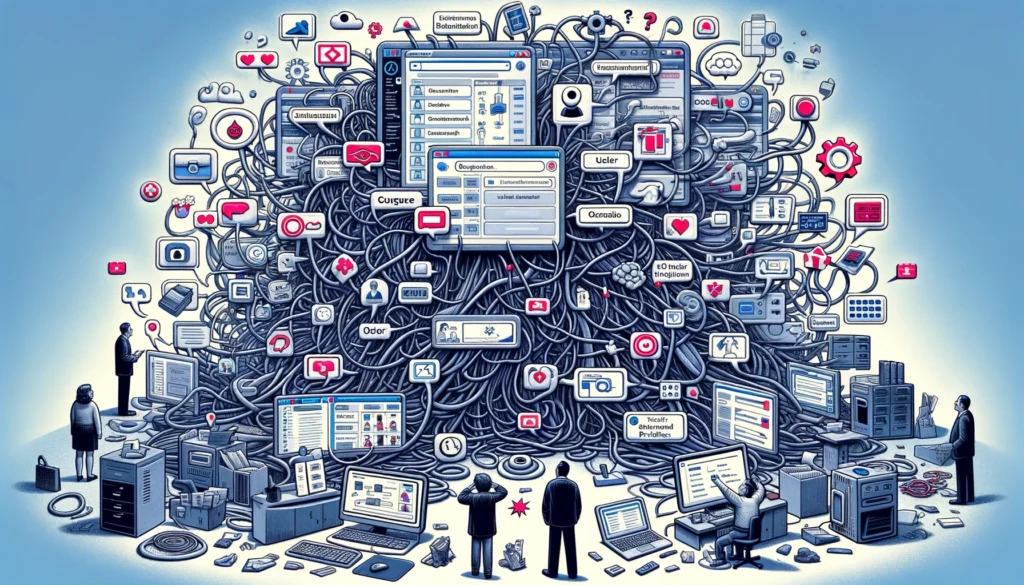
Conclusion
SOLID principles are more than just guidelines on how to code. They can be treated as a foundation for building software that is easier to understand, maintain, and extend with minimal errors and make lives of developers easier.
In the upcoming series, we will dive deeper into each principle with practical examples and detailed discussions on how to implement them in your projects. Stay Tuned!










